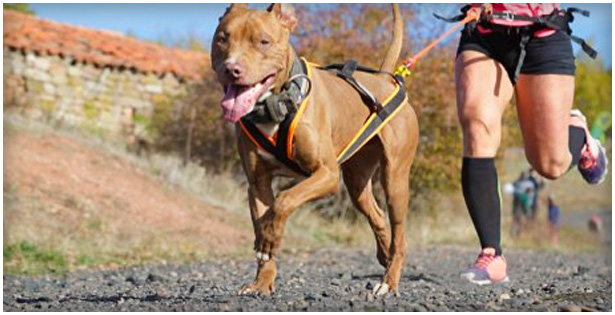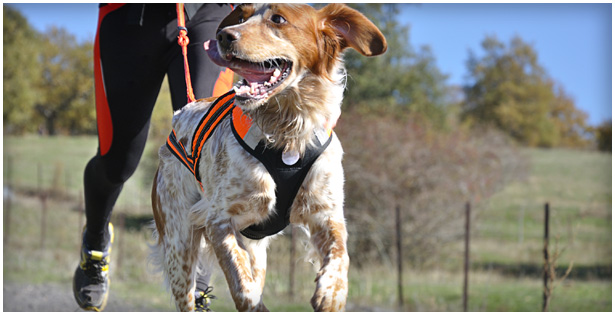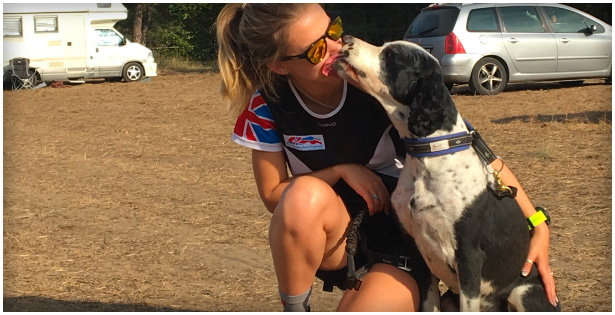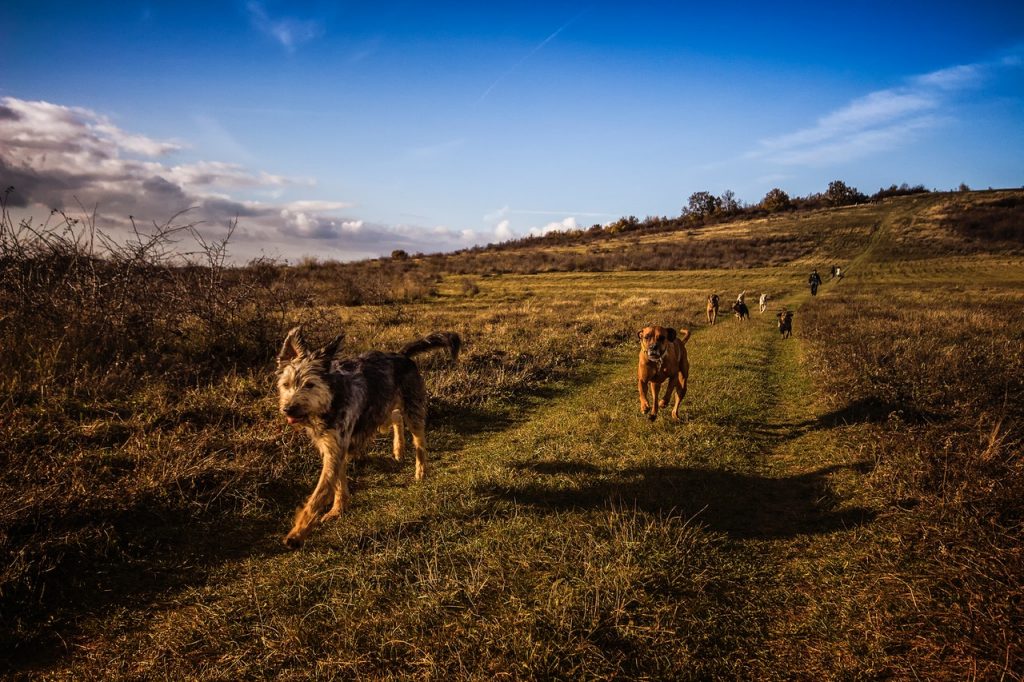As we all look to burn off those extra Christmas pounds and start the year as we mean to go on, many of us feel the urge to get outside and increase our level of activity.
What better way of doing this than with our canine companions?
Exercising with your pet is a great way to bond and of course has health benefits, both physical and psychological, for both of you. It is estimated that more than 54% of pet dogs are overweight or obese so starting an exercise routine with your dog is an important step toward maintaining a healthy weight like it is for us.
This has the potential to increase both the length and the quality of your dog’s life.
Exercise can also help your dog burn off the excess energy that can lead to behavioural problems such as hyperactivity, destructive chewing or digging, attention-getting behaviour such as barking or whining, and jumping up on people.
The additional activity is good for people, too. Did you know that studies have shown dog owners walk an average of 300 minutes per week, whereas non-dog owners only clock about 168 minutes? That translates into a greater number of calories burned and improved cardiovascular fitness as well as better mental and emotional well-being.
Before you launch into an exercise routine, here are some important things to consider to safely get your dog moving.
Warm Up & Cool Down
Just like humans, there are some warm-up and cool-down routines that may benefit your dog. Launching immediately into strenuous exercise increases your dog’s risk of spraining or pulling a muscle or developing cramps. And by doing a cool-down, you allow your dog to catch its breath. Your dog’s heart rate will return to normal, and the likelihood of post-exercise soreness decreases as lactic acid is removed from your pet’s system.
The length of your warm up or cool down depends on you and your dog’s own requirements, but 5-10 minutes should be enough for your dog’s body to adjust. It can be as simple as taking a light jog, a brisk walk, or some sit to stand repetitions with your dog before and after engaging in any intense exercise.
Routines suitable and safe for your dog will depend on aspects such as age and pre-existing orthopaedic conditions, so if your dog has any health conditions you should is consult with your vet prior to starting a warm-up or cool-down/stretching routine.
Time To Get Moving!
Are you or your dog new to exercise? The first step is to consult your Vet to make sure your pet doesn’t have any heart or respiratory problems that should be addressed.
Once your pet has a clean bill of health, get started by introducing a 10-minute walk around the block into your daily routine. Gradually build the length and intensity of your sessions as you and your pet adjust to the increased activity. Be sure to vary your route occasionally to give your pet new places to smell and explore.
Here are a few other important points to keep in mind:
- Dogs aren’t well suited for jogging or running long distances. They are built for short, intense bursts of speed. If you decide to run with your dog, be careful not to overextend her. If she seems sore or exhausted after a jog, cut back next time.
- Be sure to check your dog’s paws after a run. Dogs are susceptible to blisters, just like humans. Hot pavement can also be damaging to a dog’s paws. Consider running or cycling on soft surfaces that won’t be as harmful, such as dirt or grass trails. You can also purchase booties to protect your dog’s pads.
- Sustained running or jogging isn’t recommended for young dogs whose bones are still growing. If you have a young dog, be sure to check with your family veterinarian before taking her on a run.
If your dog is 7 years-old or older or has certain health problems such as heart disease or arthritis, also consult with your family vet prior to beginning any exercise routine. Your vet can recommend activities that are safe for your dog.
Walk or run, it’s up to you
Your dog will enjoy being out with you, whatever pace you decide to set. So, if you are in the mood for an invigorating run, that’s great, but a leisurely stroll will also exercise you both and give you the chance to spend valuable time together. Even if you are just starting off doing regular walks, or need to take it slowly at first, your dog will simply appreciate being out with you and you can build up strength and speed as time goes on.
Hands free
If you like to have your hands free while walking, don’t forget that the kit used in canicross can be used for walking with your dog just as easily as it can be for when you decide to run. The easily attachable lead will allow your dog to run ahead of you without getting too far away and you can use it to gently guide your dog into the right direction as you walk along. It also means that you can have your hands available to carry your water bottle or phone, or to help you keep your balance over any uneven ground.
Seize The Day
Exercise can be fun and beneficial for both you and your dog. Whatever activity you choose, be sure it is one that is safe and that you both enjoy. Also, remember to use your common sense and consult your family vet if you have any questions.
Discover more about running with your dog with DogFit

Canicross is the fast growing sport of off-road hands-free running with your dog – discover the beginners guide.

Enrol on the online couch to 5K course – in just 8 weeks DogFit will take you on an enjoyable fitness journey

See how Canine Fitness Client Georgie & Benson went from an intro runner to World Championships
We are not affiliated with DogFit, but do think they are bloody awesome!








